Table of Contents
ACKNOWLEDGMENTS
The idea for this book came from the fertile mind of George Miller; the carving of my unwieldy English into something more readable and accurate was the task of Bella Shand, both of them of Granta Books. Andy Boyce drew the hieroglyphs.
TIMELINE
Dates for the earlier periods of ancient Egyptian history are still not settled, although the margins of variation are mostly within decades. The dates cited here are those of The Oxford History of Ancient Egypt, edited by Ian Shaw (Oxford 2000).
Map 1. The Middle East
Map 2. Egypt
INTRODUCTION
There must be about the same number of people in the world today who have a working knowledge of ancient Egyptian hieroglyphic writing as there were literate people in ancient Egypt at any one time. Several books published in recent years are aimed at teaching people the first steps in reading hieroglyphs. This book, however, is not an instruction manual; rather, it introduces 100 hieroglyphs as a set of entry points into the world and mind-set of the ancient Egyptians.
Egyptian hieroglyphs are one of the earliest recorded steps in the creation of the written word, a remarkable invention central to the development of a complex society. Hieroglyphic writing uses pictures, like some other early scripts, inviting the view that writing began as a codified artistic representation of the visible world. Scenes on Egyptian tomb and temple walls of, say, country life or religious rituals sometimes integrate text and picture so closely that the whole scene is like an enlarged hieroglyph, particularly as artistic conventions for hieroglyphs and drawings were the same, with humans, animals, and objects rendered in outline in a precise way, and with the rules of perspective often ignored.
Streams of hieroglyphs are not like a piece of cinefilm or a strip cartoon, however. Only a relatively small number of hieroglyphsideographsare pictures of the idea being communicated. Most of the signs require the instantaneous mental substitution of concepts that are quite different from the represented imagethe sounds of letters, singly or in groups. They reveal a mental ability to override first impressions of what a picture stands for, and to construct instead a system of meaning with its own integrity. Hieroglyphic writing, just like all full writing systems, is the product of a highly sophisticated level of brain processing. There is nothing nave about it.
Some phonetic signs express single sounds, like letters of an alphabet; others express two or three sounds. A more limited set of signs, known as determinatives, can be added to the end of a noun or verb to place that word into a more general category. A good example of a determinative is a pair of walking legs,

,

added to the end of verbs of motion. Hieroglyphic writing requires a constant shifting back and forth between symbol and sound value, the Egyptians mixing these values together to form word-shapes. These shapes instantly gave their meaning to Egyptian readers without it being necessary for them to break words down into their component parts. People who nowadays learn hieroglyphs pick up this facility quickly. (They also quickly get used to the fact that Egyptians normally wrote from right to leftas reflected in the spelling of words in this bookalthough in certain decorative contexts a left-to-right order was followed and the hieroglyphs themselves were reversed.)
For example, the main sign

in
 n
n wt
wt (
niwet), which means cit, both conveys its sound value and acts as a determinative (see no. 32). The single stroke is added to emphasize that its core meaning is being referred tothat it is an ideographand so could also be said to be acting as a determinative (for the category signs as ideographs), while the sign

a picture of a small cake that writes the single letter t, indicates that it belongs to the feminine category. Apart from a similarly sounding word for underworld used in specialized mythological texts, the main sign

is not used to write any other word. It is, however, normally added to the names of towns and cities as a determinative, to show to what general category of phenomena, namely towns, the names belong.
City, where the dominant sign is a simplified plan of crossing streets, is an easily recognizable symbol of a city or town. The verb to love,
 mr
mr
(
meri), by contrast, uses a sign depicting an agricultural hoe in no way related to the concept of love. Although it has not yet been identified in texts, there must have been a word for hoe that had two dominant consonants,
m + r. A convention developed that other words in which
m + r were prominent, including the verb to love, should be written with the hoe hieroglyph. From familiarity, on seeing the sign for hoe in a certain contextfor example, in temples where the king was beloved of the local godan Egyptian would immediately read the word love.
Ancient Egyptian was a living oral language, and most hieroglyphs represent the sounds of consonants and certain emphatically expressed vowels. More weakly spoken vowels, which changed with different grammatical usage, were left unwritten, as in modern standard Arabic. Because Egyptian words were not fully written out and the language is dead, we cannot speak it as an ancient Egyptian would have done. Too many nuances of pronunciation are lost. We know approximately what sound each of the hieroglyphs stands for, and this gives us a rough framework that we can transfer to our own alphabet, a process called transliteration. It is a convention to render transliterations in italic. Many of the consonant sounds are the same as in English, but Egyptian contained a few sounds that require special alphabetic letters. It used four degrees of vocal strength in letting out the h sound, distinguished in transliteration by
h,





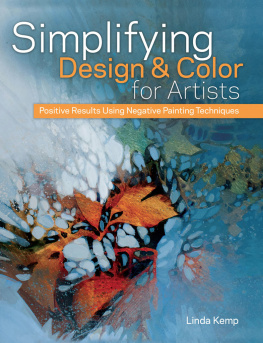
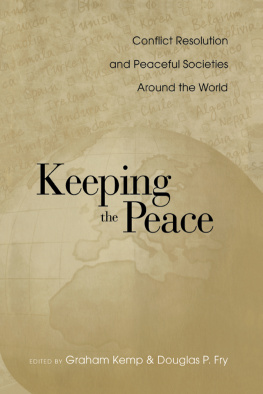
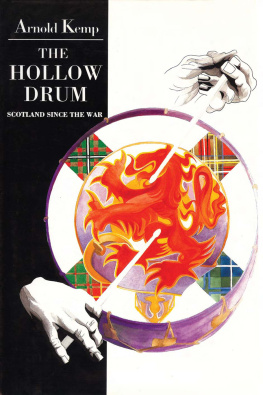

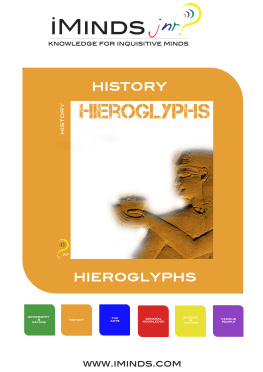
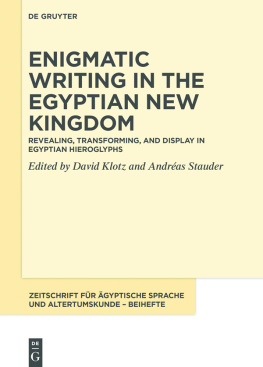
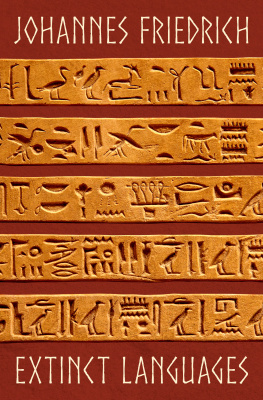
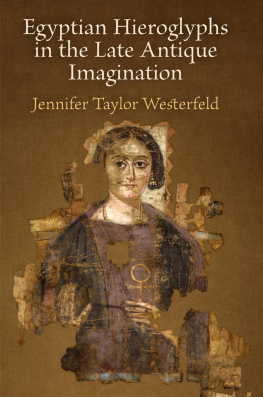
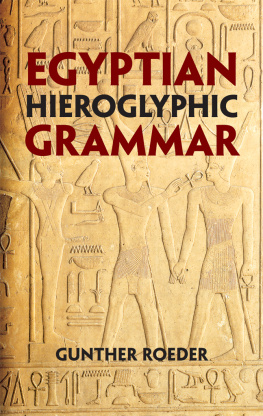
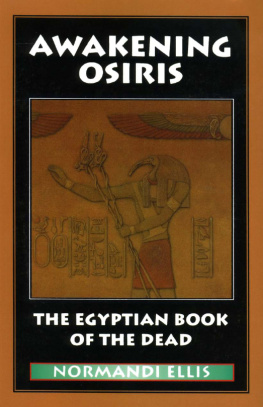
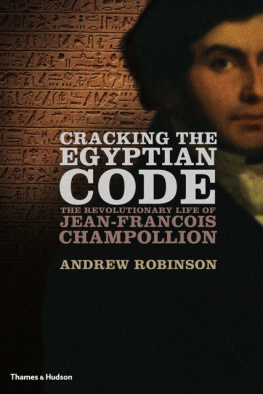
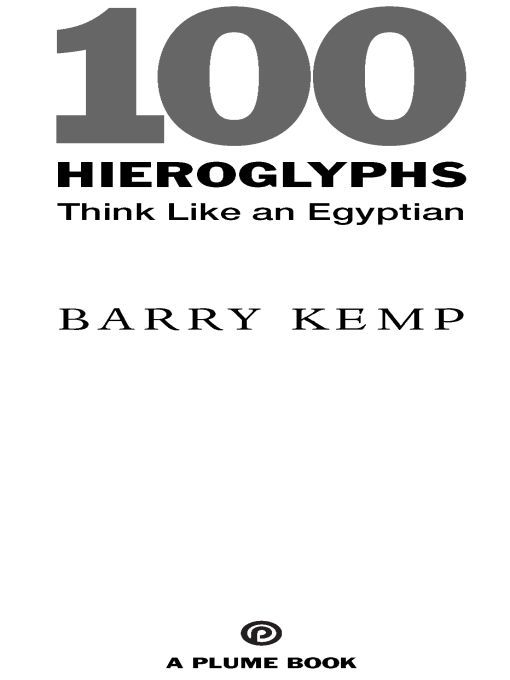
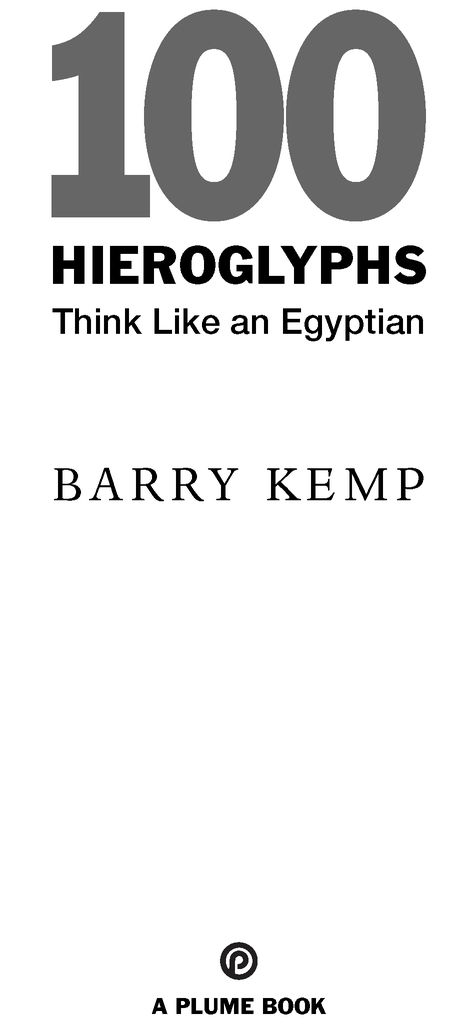
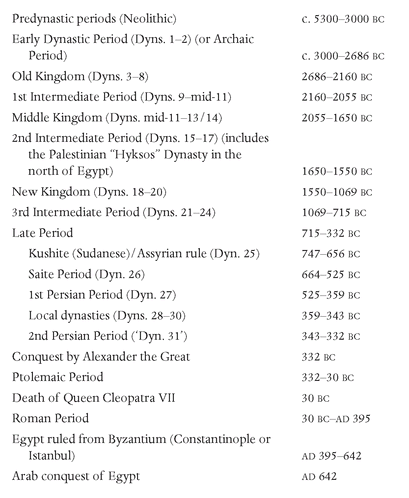
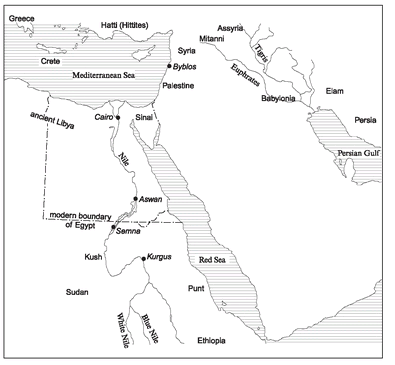

 ,
, added to the end of verbs of motion. Hieroglyphic writing requires a constant shifting back and forth between symbol and sound value, the Egyptians mixing these values together to form word-shapes. These shapes instantly gave their meaning to Egyptian readers without it being necessary for them to break words down into their component parts. People who nowadays learn hieroglyphs pick up this facility quickly. (They also quickly get used to the fact that Egyptians normally wrote from right to leftas reflected in the spelling of words in this bookalthough in certain decorative contexts a left-to-right order was followed and the hieroglyphs themselves were reversed.)
added to the end of verbs of motion. Hieroglyphic writing requires a constant shifting back and forth between symbol and sound value, the Egyptians mixing these values together to form word-shapes. These shapes instantly gave their meaning to Egyptian readers without it being necessary for them to break words down into their component parts. People who nowadays learn hieroglyphs pick up this facility quickly. (They also quickly get used to the fact that Egyptians normally wrote from right to leftas reflected in the spelling of words in this bookalthough in certain decorative contexts a left-to-right order was followed and the hieroglyphs themselves were reversed.) in
in n
n wt (niwet), which means cit, both conveys its sound value and acts as a determinative (see no. 32). The single stroke is added to emphasize that its core meaning is being referred tothat it is an ideographand so could also be said to be acting as a determinative (for the category signs as ideographs), while the sign
wt (niwet), which means cit, both conveys its sound value and acts as a determinative (see no. 32). The single stroke is added to emphasize that its core meaning is being referred tothat it is an ideographand so could also be said to be acting as a determinative (for the category signs as ideographs), while the sign a picture of a small cake that writes the single letter t, indicates that it belongs to the feminine category. Apart from a similarly sounding word for underworld used in specialized mythological texts, the main sign
a picture of a small cake that writes the single letter t, indicates that it belongs to the feminine category. Apart from a similarly sounding word for underworld used in specialized mythological texts, the main sign is not used to write any other word. It is, however, normally added to the names of towns and cities as a determinative, to show to what general category of phenomena, namely towns, the names belong.
is not used to write any other word. It is, however, normally added to the names of towns and cities as a determinative, to show to what general category of phenomena, namely towns, the names belong. mr
mr (meri), by contrast, uses a sign depicting an agricultural hoe in no way related to the concept of love. Although it has not yet been identified in texts, there must have been a word for hoe that had two dominant consonants, m + r. A convention developed that other words in which m + r were prominent, including the verb to love, should be written with the hoe hieroglyph. From familiarity, on seeing the sign for hoe in a certain contextfor example, in temples where the king was beloved of the local godan Egyptian would immediately read the word love.
(meri), by contrast, uses a sign depicting an agricultural hoe in no way related to the concept of love. Although it has not yet been identified in texts, there must have been a word for hoe that had two dominant consonants, m + r. A convention developed that other words in which m + r were prominent, including the verb to love, should be written with the hoe hieroglyph. From familiarity, on seeing the sign for hoe in a certain contextfor example, in temples where the king was beloved of the local godan Egyptian would immediately read the word love.